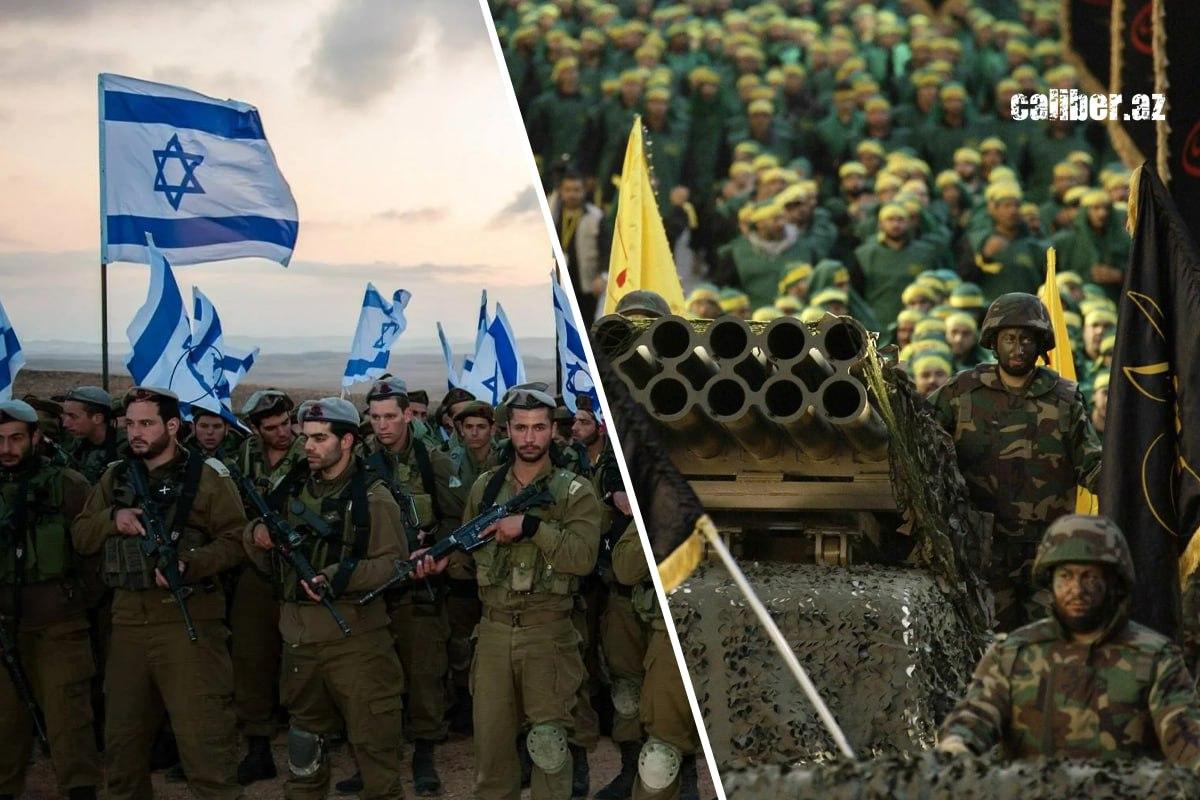End of the Third Lebanon War Is Hezbollah out of the game?
On November 27, at 4:00 AM, a ceasefire agreement took effect in Lebanon, approved by the Israeli Cabinet. According to leaked details, Hezbollah will withdraw its heavy weapons and main forces to the Litani River, about 10 kilometres from the Israeli border. In return, the Israeli Defense Forces (IDF) will pull back to Israel. The Lebanese Army will take control of the interim buffer zone between the two sides along the border.
However, the specifics of the agreement remain unclear. The Lebanese Army is weak and divided, with Hezbollah's military strength far surpassing the capabilities of Lebanon's security forces. Additionally, many factions within the army and key intelligence services, such as the General Security Directorate (Lebanon’s main intelligence agency), are influenced by Hezbollah and its allies. It remains uncertain how the Lebanese Army will be able to prevent Hezbollah from reasserting its presence near the Israeli border if it chooses to do so.
Israel's previous military campaigns in Lebanon—the 1982-2000 conflict and the 2006 war—ended in failure, with Israeli forces withdrawing from Lebanon under the pressure of Hezbollah's guerrilla tactics.
This time, the Israeli army inflicted heavy losses on Hezbollah and eliminated nearly all of the group’s leadership. However, as had been predicted, there were no resounding victories for the IDF in Lebanon. Instead, they faced abandoned Shiite villages and well-prepared ambushes left by the population and most Hezbollah fighters. Weeks of guerrilla warfare—carefully prepared by Hezbollah—resulted in the deaths of approximately 100 soldiers, many of whom were from elite units. Meanwhile, Hezbollah’s rocket attacks turned northern Israel into a wasteland. The asymmetric strategy—guerrilla tactics, rocket and drone strikes on enemy territory—combined with Lebanon's rugged terrain (hills covered with forests) and underground bunkers similar to those Hamas built in Gaza, made Israel's invasion largely ineffective. Around 80,000 Israelis were forced to flee their homes, and the number of refugees continued to rise.

At the same time, Hezbollah is believed to have lost several thousand fighters, both killed and wounded. According to Israeli estimates, up to 80% of the organization’s leadership was killed, including nearly all of its military top brass and the political leader of Hezbollah, its Secretary-General Hassan Nasrallah. Despite this, the organization's guerrilla units, trained for autonomous operations and coordination with each other, were able to fight effectively. Additionally, there are signs that Hezbollah's military command has been restored. The group is estimated to have around 20,000 to 30,000 fighters, with a similar number of reserves. In Lebanon, as a result of the fighting, nearly a million civilians became refugees, and many border villages were destroyed during Israeli airstrikes.
It seems that both sides may have realized that continuing the war would bring no favourable outcomes and decided to negotiate a ceasefire.

Moreover, Israel is not only fighting Hezbollah. The Third Lebanese War is part of a broader multi-front conflict, spanning five or seven fronts, that encompasses the entire network of Iranian allies—the "Axis of Resistance." This includes Hamas (primarily in the Gaza Strip), the regime of President Bashar al-Assad and pro-Iranian militias in Syria, Iraqi Shiite militias, the Houthi rebels in Yemen, and Iran itself. This coalition controls vast territories in the Middle East, effectively creating a corridor from Tehran to Beirut along the Mediterranean Sea, and significantly extending its influence over Iraq, Syria, and Lebanon, as well as one-third of Yemen and the Gaza Strip.
Theoretically, Iran’s goal has been to create "unity among the resistance arenas," surrounding Israel with a "ring of fire," launching missile and drone strikes, and forcing the population to emigrate. This represents the maximum objective, but it remains highly elusive.
The minimum objective was to force Israel to cease its airstrikes on Gaza and withdraw its troops, reaching a deal with Hamas— “Israeli hostages in exchange for peace.” It was only under these conditions that Hezbollah previously agreed to stop firing on northern Israel. Additionally, although less powerful, the Houthis and Iraqi militias have been regularly launching strikes on Israel. If Hezbollah has agreed to exit the conflict, it could be seen as a political victory for Israel at this stage of the confrontation.
However, it is important to remember that the Iranian-led coalition is engaged in a struggle against the US-Israel alliance for dominance in the Middle East. This conflict will not end with the cessation of the Lebanon-Israel war, nor with a ceasefire in Gaza—if one is even reached.








